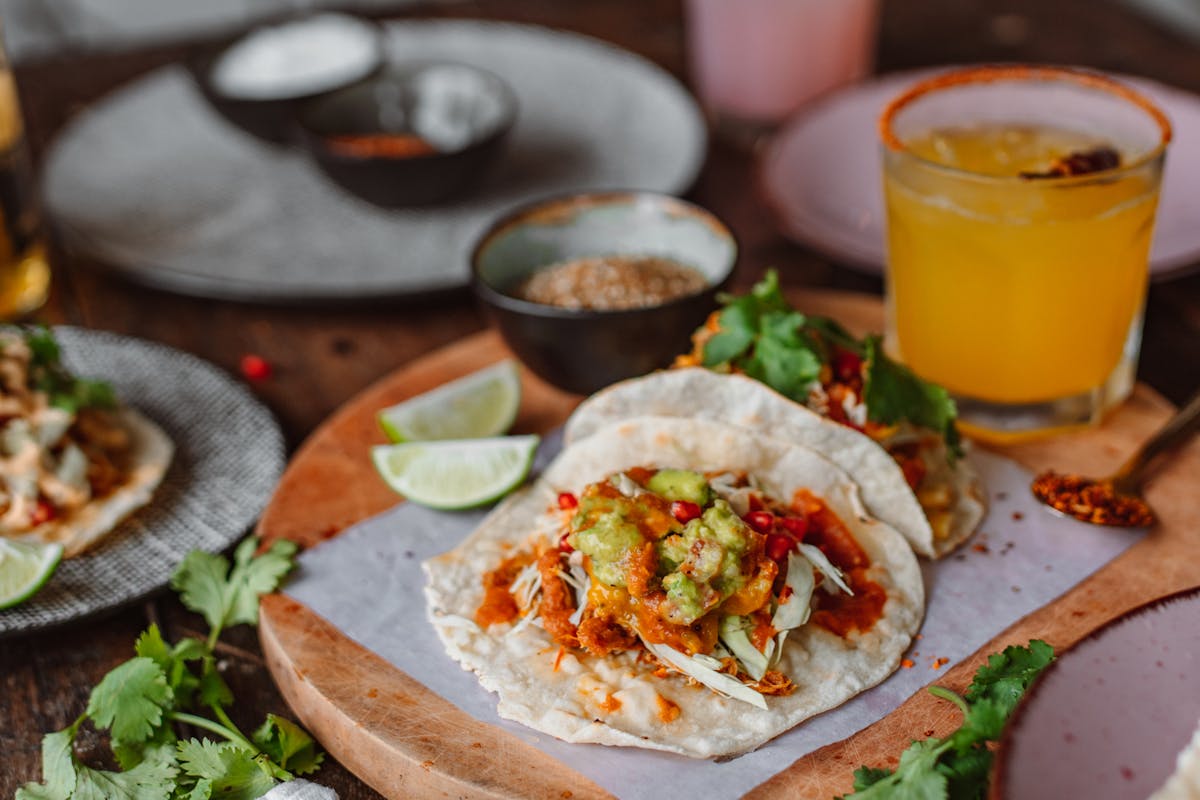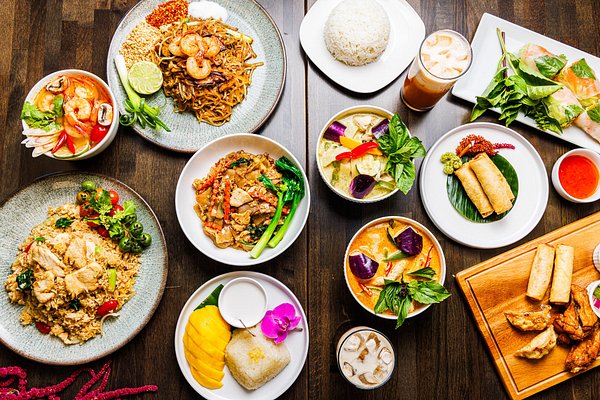Introduction
Mexican Coke has become a global phenomenon, celebrated for its rich flavor, nostalgic appeal, and cultural significance. Unlike its American counterpart, Mexican Coke is known for being sweetened with cane sugar rather than high-fructose corn syrup, a difference that many believe gives it a more authentic and superior taste.
In this article, we’ll explore the history of Mexican Coke, what makes it unique, its rise to international fame, and why it has a special place in the hearts of soda enthusiasts.
The History of Mexican Coke
Origins of Coca-Cola in Mexico
Coca-Cola first arrived in Mexico in the 1920s, quickly becoming one of the country’s most popular beverages. By the mid-20th century, Coca-Cola had become a staple in Mexican households, often accompanying meals or being enjoyed as a refreshing treat.
Sweetened with Cane Sugar
In Mexico, Coca-Cola continued to use cane sugar as its primary sweetener, even as the United States transitioned to high-fructose corn syrup in the 1980s due to economic reasons. This choice preserved the original flavor profile, which many argue is more authentic and satisfying.
What Makes Mexican Coke Unique?
Cane Sugar vs. High-Fructose Corn Syrup
The most notable difference between Mexican Coke and the American version lies in the sweetener. Cane sugar has a cleaner, more natural sweetness compared to the sometimes cloying taste of high-fructose corn syrup. Many consumers claim this subtle difference significantly enhances the flavor.
Iconic Glass Bottles
Mexican Coke is typically sold in its signature glass bottles, which many believe contribute to its superior taste. Glass is less likely to alter the flavor compared to plastic or aluminum, and the bottles evoke a sense of nostalgia and authenticity.
Natural Carbonation Levels
Mexican Coke is known for its crisp carbonation, which adds to its refreshing quality. The precise levels of fizz complement its bold flavor profile, making it a favorite for soda lovers.
The Cultural Significance of Mexican Coke
A Symbol of Authenticity
For many, Mexican Coke represents a connection to traditional values and a bygone era. Its simple ingredients and classic presentation contrast with modern, mass-produced alternatives.
A Staple in Mexican Cuisine
Mexican Coke is often enjoyed alongside traditional dishes like tacos, tamales, and carnitas. The soda’s balanced sweetness and acidity make it a perfect pairing for the rich and savory flavors of Mexican cuisine.
Global Appeal
In recent years, has gained a devoted following worldwide, especially in the United States. Its availability in specialty stores and restaurants has introduced it to new audiences, further cementing its status as a cultural icon.
The Science Behind the Flavor of Mexican Coke
The Role of Cane Sugar
Cane sugar dissolves differently than high-fructose corn syrup, resulting in a smoother and more balanced sweetness. This difference in chemical composition contributes to the distinct taste of Mexican Coke.
Glass Bottle Preservation
Studies suggest that beverages stored in glass bottles maintain their flavor integrity better than those in plastic or aluminum. The inert nature of glass prevents unwanted chemical interactions, ensuring that the soda tastes as intended.
Mexican Coke vs. American Coke: A Taste Test
Flavor Profile
Many taste tests have confirmed that consumers can distinguish between Mexican and American is often described as having a cleaner, less syrupy sweetness with a more robust cola flavor.
Texture and Fizz
The carbonation in is frequently cited as crisper and more satisfying, adding to its refreshing quality.
Packaging Appeal
The glass bottles not only preserve the taste but also add to the overall experience, giving a premium feel.
The Popularity of Mexican Coke in the United States
Rising Demand
Mexican Coke’s availability in the U.S. has grown significantly, with major retailers like Costco and specialty grocery stores stocking it. Restaurants, especially those serving Mexican cuisine, also prominently feature it on their menus.
A Niche Market
Though slightly more expensive than regular Coca-Cola, has carved out a niche market among soda enthusiasts and those seeking a more authentic cola experience.
Environmental and Economic Considerations
Glass Bottle Recycling
The use of glass bottles aligns with sustainable practices, as glass is highly recyclable and reusable. Many consumers appreciate this eco-friendly aspect of Mexican Coke.
Global Supply Chain
Despite its popularity, importing to the U.S. poses logistical challenges, contributing to its higher price. Hoever, its demand continues to grow, highlighting its value to consumers.
FAQs
What is the main difference between Mexican Coke and American
The primary difference is the sweetener. Mexican Coke uses cane sugar, while American typically uses high-fructose corn syrup.
Why is sold in glass bottles?
Glass bottles help preserve the flavor of the soda better than plastic or aluminum and add a nostalgic, premium feel to the product.
Why does Mexican Coke taste better?
Many people believe the cane sugar and glass bottle packaging enhance the flavor, making it taste cleaner and more authentic.
How much more expensive is compared to regular Coca-Cola?
is generally slightly more expensive, often costing $1–2 more per bottle due to its imported status and premium packaging.
Conclusion
Mexican Coke is more than just a soda; it’s a cultural icon that represents authenticity, nostalgia, and superior taste. Its use of cane sugar, iconic glass bottles, and balanced flavor profile have earned it a devoted fan base worldwide.
Whether enjoyed alongside a delicious meal or as a standalone treat, Mexican continues to delight those seeking a classic cola experience. Its enduring popularity proves that sometimes, staying true to tradition is the key to success.












One thought on “Mexican Coke: The Story Behind the Authentic Taste”